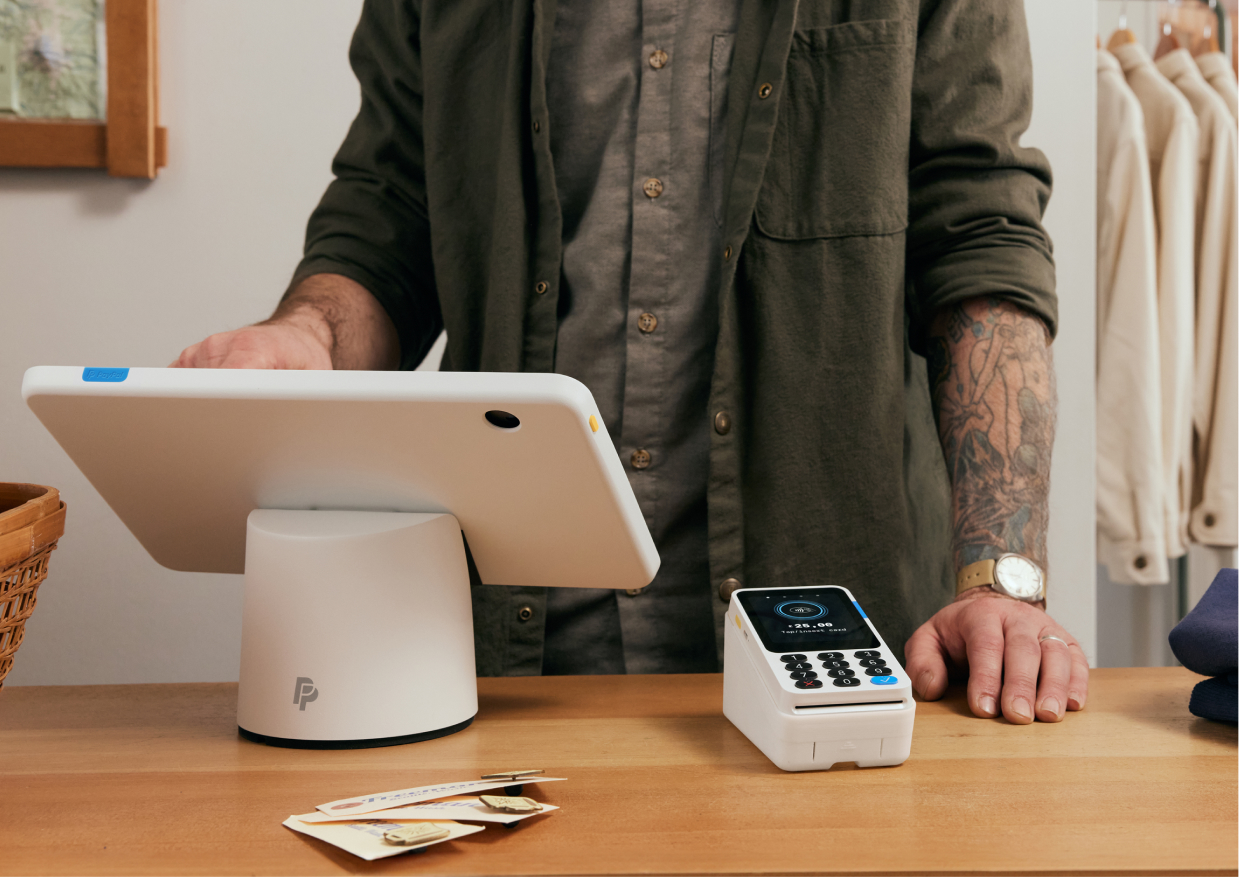POS for Grocery Stores: Inventory, Scale, and More

Running a grocery store is no small feat. With hundreds or even thousands of SKUs, constant inventory turnover, perishable items, and high customer volume, grocery store owners face a unique set of challenges. That’s where a powerful and tailored Point of Sale (POS) system becomes indispensable.
In this blog, we’ll explore how a modern POS system specifically designed for grocery stores can help manage inventory, weighing scales, and much more to streamline operations and increase profitability.
Why Grocery Stores Need a Specialized POS System
A standard POS system may work for small retail shops, but grocery stores need more robust features to handle their complex operations. From scanning barcodes on thousands of items to weighing produce, managing stock, and even handling customer loyalty programs, a specialized grocery POS is built to do the heavy lifting.
Let’s break down the key components and benefits of using a grocery-focused POS system.
1. Inventory Management That Works at Scale
Inventory is the heart of any grocery business. A good POS system for grocery stores will offer real-time inventory tracking that automatically updates when a sale is made. This means no more manually checking stock levels or dealing with frustrating stockouts.
With a smart POS, you can:
- Get alerts when items are running low
- Track expiration dates on perishable goods
- Manage multi-location inventory (for chains or franchises)
- Automate reordering from suppliers
Some systems even support batch tracking, so you can trace products back to the supplier in case of recalls—a critical feature for food safety.
2. Integrated Scale Support
One feature that truly sets grocery store POS systems apart is integrated scale support. Since many items like fruits, vegetables, meats, and bulk goods are sold by weight, your POS system needs to sync with electronic weighing scales.
The right POS can:
- Automatically read weight from a connected scale
- Calculate price based on weight and unit cost
- Print barcoded labels for pre-weighed items
- Reduce checkout time and pricing errors
This not only speeds up transactions but ensures accuracy at the register, keeping both the business and customers happy.
3. Barcode and PLU (Price Look-Up) Code Scanning
Grocery stores sell a wide range of items—some with barcodes, others that need to be looked up manually using PLU codes. A grocery-specific POS system will support:
- Fast barcode scanning for packaged goods
- Manual PLU entry or touchscreen lookup for produce and bulk items
- Customizable product lists with images for easier identification
The system should allow cashiers to quickly find and ring up any item without creating long lines or delays.
4. Promotions, Discounts, and Loyalty Programs
Customers love deals, and a good grocery POS can help you run promotions smoothly. Whether it’s a “buy one, get one free” offer or a seasonal discount, the system can apply deals automatically at checkout.
Additionally, integrated loyalty programs encourage repeat business by letting customers earn points, redeem discounts, or receive personalized offers—all tracked through the POS.
5. Back Office Reporting and Analytics
With tight margins, grocery store owners need real-time insights to make smarter business decisions. A modern POS provides detailed reports on:
- Best-selling products
- Peak shopping times
- Profit margins by item or department
- Shrinkage or loss trends
These reports can help you adjust pricing, manage staffing, and control waste—key to boosting profitability.
6. EBT, Credit, and Mobile Payment Integration
Today’s shoppers want payment flexibility. A grocery store POS should accept:
- Cash
- Credit and debit cards
- EBT/SNAP payments
- Mobile wallets like Apple Pay and Google Pay
This makes checkout convenient and accessible for a wider customer base.
Conclusion
A grocery store is a fast-paced, high-volume environment where precision and speed are crucial. A specialized POS system for grocery stores goes far beyond basic sales processing. With advanced features like inventory automation, scale integration, real-time reporting, and flexible payment options, it becomes the backbone of your business.






